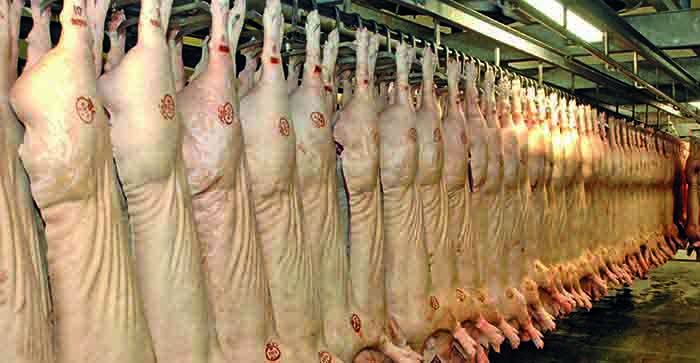China’s third-quarter pork production in China rose 18% from a year earlier to 8.4 million tonnes, according to Reuters calculations, indicating initial signs of recovery from the world’s top producer.
The rise marks the first quarterly increase for the country since July-September, during which the nation’s pig herd was decimated by a wide-spread outbreak of African Swine Fever which saw reduced the breeding stock by an estimated 60% by the end of 2019.
Whilst Reuters reports that China’s pork output is expected to contract by another 20%, the National Bureau of Statistics said on Monday that it’s production in the first nine months of 2020 has only dropped 10.8% from a year earlier to 28.38 million tonnes, meaning a higher volume of pork was produced than expected, indicating the country is beginning to recover.
Senior analyst at Rabobank, Pan Chenjun, said that given that pork prices are still much higher than they were pre-ASF outbreak, he would “expect a larger drop”.
Although there was a rise in Q3 on the same period in 2019, it should be noted that this was helped by the output in Q3 for the previous year being particularly low due to ASF.
The data also showed that number of pigs slaughtered fell 11.7% in the first nine months to 361.86 million.
However, Xiong Kuan, an analyst at Cofco Futures, also commented in a note last week that less than 24 million pigs would be slaughtered this month, an 8% rise on September, but still far short of the typical monthly requirement of 45 million.




